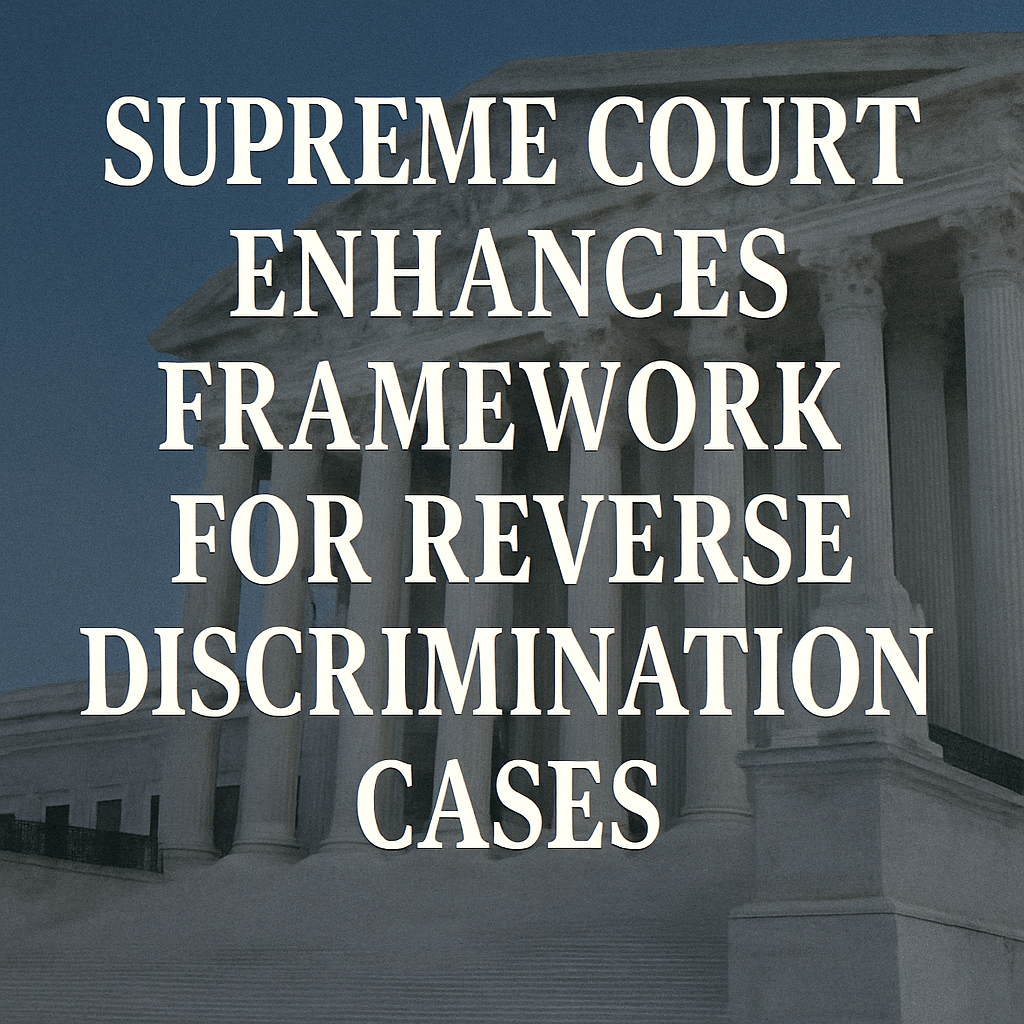Supreme Court Enhances Framework for Reverse Discrimination Cases

A unanimous Supreme Court issued a pivotal ruling on Thursday, simplifying the process for individuals alleging reverse discrimination. The case involved Marlean Ames, an Ohio woman who contended that her demotion was directly linked to her heterosexuality. This ruling is expected to influence lawsuits across twenty states and the District of Columbia, where disparities in the judicial treatment of discrimination claims based on majority-status have previously existed.
Background of the Case
In her ruling, Justice Ketanji Brown Jackson stated that federal civil rights law, particularly under Title VII of the Civil Rights Act of 1964, does not differentiate based on an individual’s majority or minority status when it comes to employment discrimination. The case arose after Ames was not only overlooked for a promotion but subsequently demoted, with her former and prospective roles being awarded to LGBTQ individuals.
The Court’s Reasoning
Justice Jackson articulated that by offering equitable protections for all individuals regardless of their group status, Congress aimed to eliminate barriers for all victims of discrimination. She emphasized that the additional requirements imposed by some lower courts—such as demonstrating “background circumstances” indicating skewed decision-making against majority groups—are inconsistent with the intention of Title VII. The Supreme Court’s ruling makes it clear that all employees, irrespective of their orientation or race, are entitled to the same legal protections under federal law.
Implications for Future Cases
- Legal Precedent: This ruling sets a crucial legal precedent, making it easier for employees from majority groups, notably whites and heterosexuals, to pursue claims of discrimination.
- Judicial Landscape: The decision may influence the stance of courts in states with previously stringent requirements for such claims, leading to a more uniform application of federal laws.
- Potential Backlash from DEI Initiatives: The ruling could impact corporate policies that emphasize diversity, equity, and inclusion (DEI) programs, as highlighted by Justice Clarence Thomas’s remarks on the biases perceived in favor of minority groups.
Contextualizing the Ruling
This ruling arrives on the backdrop of increasing scrutiny over diversity-related policies across the nation. Under previous administrations, particularly during Donald Trump’s presidency, there has been a concerted effort to roll back DEI initiatives and affirmative action programs. This context raises the question of how employers will navigate their diversity efforts in light of the Supreme Court’s mandate. Companies must balance their diversity goals with compliance to federal regulations post ruling.
Industry Reactions
“The Supreme Court’s decision will compel organizations to reconsider their DEI strategies, ensuring they do not inadvertently discriminate against majority groups while fostering a more inclusive environment,” noted an employment law expert from the University of Chicago.
Organizations might need to reassess their hiring and promotion practices, taking into account the risk of legal challenges from individuals asserting claims of reverse discrimination.
Conclusion
The Supreme Court’s recent ruling signifies a fundamental shift in the judicial approach toward discrimination claims related to majority groups. As the implications of this decision unfold, it will be essential for both individuals and employers to remain informed about their rights and responsibilities under federal employment laws.
As the legal landscape continues to evolve, ongoing analysis will be crucial to understanding how such rulings interact with broader social and corporate policies related to diversity and equity.